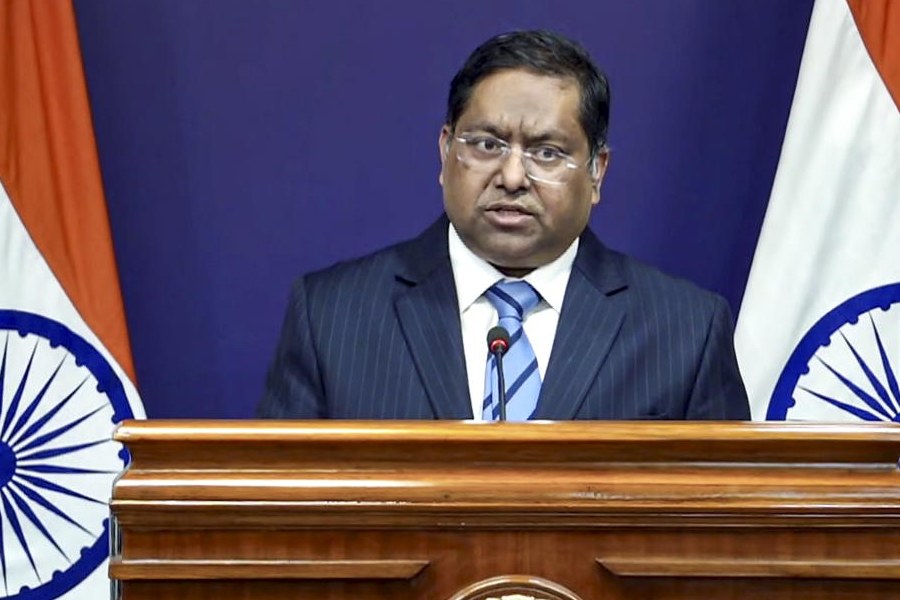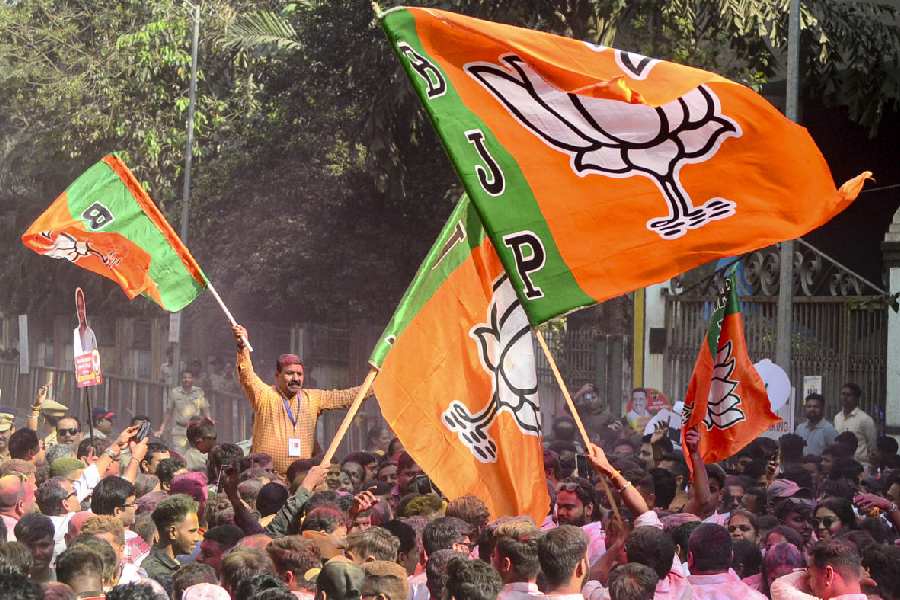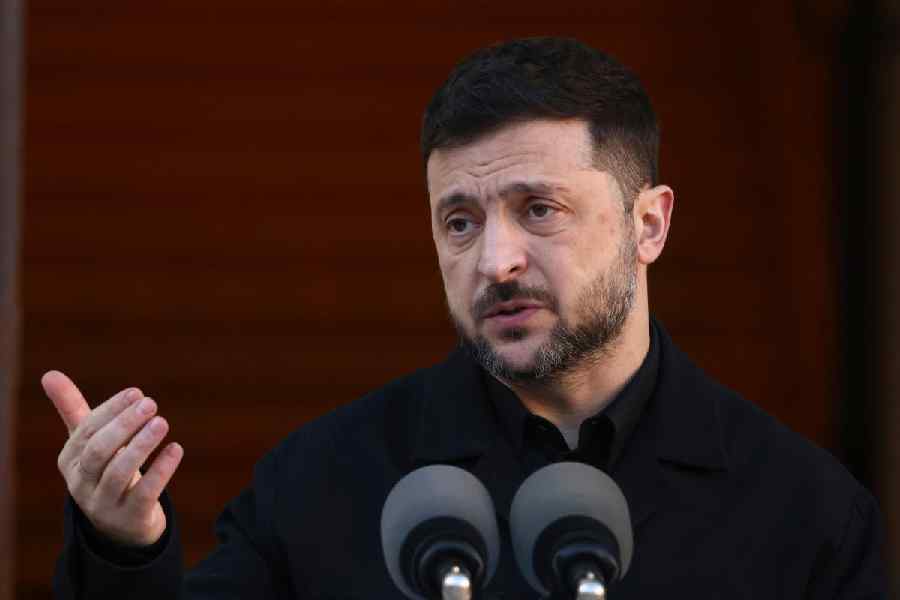 |
| A moment from Pendulum, directed by Soukarya Ghosal |
Srijit: What made you start off with a typical example of hyperlink cinema? Is Alejandro González Iñárritu your fave filmmaker? In fact, this structure is not novel… we have seen it in Bengali films, from Kanchenjunga to Titas Ekti Nadir Naam to Mahanagar@Kolkata, where multiple narratives weave in and out… common characters are connected through one single event or a couple of events. Are you fascinated by hyperlink cinema?
Soukarya: I had heard about Iñárritu’s films, but I hadn’t seen them. When I narrated the synopsis to Arghyakamal Mitra (editor), he asked, ‘Is it like Iñárritu’s Amores Perros? Then why should we watch it?’ I told him that maybe it’s not like Amores Perros since I haven’t seen that film. Then I watched Amores Perros and knew it’s not my film. In Pendulum, there is an accident, there are a few stories that I have looked at from the perspective of real time, flashback and surreal time. I have used magic realism in the film to address social problems.
Srijit: The edit pattern in Pendulum is very irreverential... it cocks a snook at most classical editing norms. You have played around with continuity brilliantly. Was it a conscious effort to break norms?
Soukarya: No. Since this was my first film, I had to rely on a lot of people. Also, I was the second youngest member in the team. I had conceptualised the frames when I was doing the storyboard for Pendulum. But then you cannot follow everything. My film was getting a bit lengthy. Editor Mita Chakraborty was really excited, she said she would like to do something different with the film. We discussed everything and felt that the film would work if we could break it down. We had to chop off a few scenes that I had conceived and shot very painstakingly.
Srijit: This is a very honest submission. Francis Ford Coppola had once said, ‘Most techniques in cinema have been devised by people who didn’t know what to do’. So a number of techniques of filmmaking were devised by people to manage crises. (Turns to executive producer Indranil Roy) Why would you be part of a project like Pendulum that apparently has no commercial viability? Did you not feel scared?
Indranil: I have known Soukarya for a long time and I had faith in his abilities as a director. About the film, I felt in a modern film with a modern setting, there wasn’t any need for actors to lip-sync.
Srijit: The use of music in Pendulum is very intelligent, it creeps up on your senses. The music has come together very seamlessly, never intruding in the mood of the scenes. Were you musical since childhood? Have you worked with music director Mainak ‘Bumpy’ Nag Chowdhury (bassist of Cactus and ethno-jazz band Kendraka) on any other project before?
Soukarya: No, I am not a musical person.
Srijit: But then you write lyrics.
Soukarya: I like listening to songs. And frankly, I knew no one from the industry. I would call up a whole lot of people, introduce myself, and ask if I could meet him or her to discuss the script. So that’s how I met Bumpyda. He scored the music first and the lyrics came later.
Srijit: At times I felt you were a bit indulgent, some of the passages could have been tighter, crisper… overall you have done a fantastic job. I have another question about the structure. All the stories are interconnected, except one. Why this asymmetry? Did you break the pattern deliberately?
Soukarya: Yes. I just did not want to draw the strands of the stories together, and left one open intentionally.
Srijit: I felt most of the actors in your film were brilliant, except for Anindya’s performance, which was a bit stylised, indulgent, and had a few mannerisms.
Soukarya: Since the character was pretentious, I felt the mannerisms were justified.
Srijit: Maybe you could have reined him in. By the way, who is that little girl?
Soukarya: Shaili Bhattacharya. She is my sister, and a brilliant actor.
Srijit: She is effortless. The camera loves her and she loves the camera, and to hold her own against someone like Rajatava Dutta, who was brilliant.... After Phoring and Bakita Byaktigoto, this is a stunning debut. Soukarya has a distinct voice. For my own films, I make sure that a Srijit Mukherji film should smell, sound, look, feel, taste like a Srijit Mukherji film. My signature should be on every frame. Soukarya has that signature.
t2: Did you think about the commercial viability of this film?
Srijit: No, Soukarya would not think like that, just like I didn’t think about it. Directors should not think about it. Producers do that, and luckily Soukarya and Indranil were on the same page.
t2: Are industry people ready to welcome new directors now?
Srijit: People have to take a stand. You have to do something about the new films. The film Sthaniyo Sangbad ran for only two weeks in Nandan. In the climactic scene, the director had the vision, courage, tenacity and the storytelling vigour to take out the sound (when a bulldozer razes a bustee), and the impact was tremendous. A few people in the audience thought the sound had gone off and started shouting. Sthaniyo Sangbad had to fight this mindset. Of course, you’ll have biggies like Chander Pahar and Mishawr Rawhoshyo, but that doesn’t make an industry. The industry is as much about Pendulum as it is about Chander Pahar, as much about Phoring, Bakita Byaktigoto, Rupkatha Noy as it is about Jaatishwar. We have to celebrate the range of Bengali films.
t2: How important is it to have a star in your film to pull the audience? Srijit, you had Prosenjit in your debut film Autograph...
Srijit: I got a very lucky break. I was stubborn, persistent because luckily I needed a star for my film. I needed a star to play Arun Chatterjee in Autograph. But then for other films, the voice might get compromised. I don’t want that compromise to happen.
Soukarya: I had got in touch with Vijay Raaz and even convinced him to play a character, but finally it didn’t work out.
Srijit: With Mishawr Rawhoshyo, the populist, pulpy element inside me found a voice and I wanted to get Bangla cinema out of the whole drawing room-porokiya-table lamp syndrome. And a dangerous corollary to that is the South City-CCD syndrome. Here, Soukarya in his first film is telling a multifarious, diverse tale, a portion of which is set in a colony. I grew up in a lane in Bhowanipore flanked by a bustee, and I get excited when I see a reflection of various facets of my childhood Calcutta in Bengali films.
When your narrative is travelling to South Africa, Egypt, Iceland or is set in a colony or small town, your world view is changing. And you get to operate in a broader sphere, politically, philosophically and emotionally. The best part about first-time filmmakers is that they don’t give a damn. I really envy that devil-may-care, irreverent attitude. And every time I make a film I remind myself that it’s going to be my first film. That no one knows me, I am an economist who has just come back from Bangalore. People like Soukarya are important to the industry because they push you, provoke you and challenge you.










